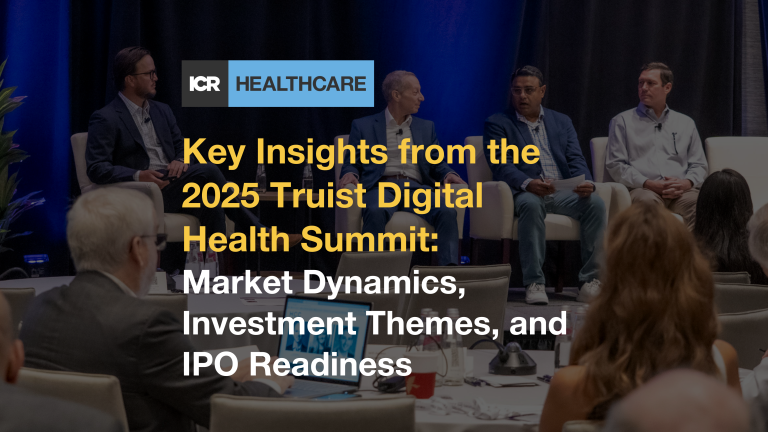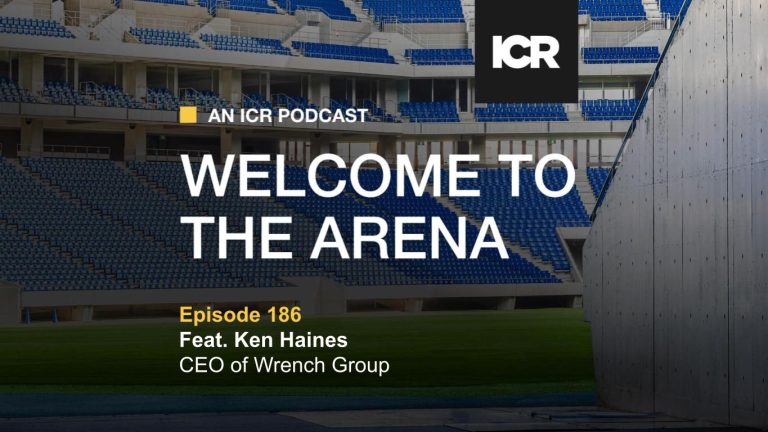Investor outreach methodologies and strategies are changing at a rapid clip. Regulatory changes owing to MIFID-II are restructuring traditional interactions between issuers and investors, and the frequency of passive and quantitative investing strategies is shifting investor influence to a growing class of shareholders that have a very different approach, as well as limited capacity to meet with management teams to hear their stories. The rise of “impact” or ESG investing has added an additional layer of disclosure, messaging needs, and positioning to the corporate narrative, as has the increasing prevalence of the activist investor. These developments are not only requiring IROs to re-examine their message but also requiring them to re-evaluate who they are engaging with and how.
Passive investors now control roughly $4.3 trillion in equities. According to Morningstar, passive strategies now account for roughly 50 percent of assets invested in public securities. This group is simply too big to ignore particularly when considering this investor group’s collective impact during proxy season. Increasingly, passive investment giants are sharing thoughts on governance, compensation programs, and environmental and social issues on their respective websites. We advise clients to familiarize themselves with these “hot buttons” and urge them to meet with the proxy departments of the large passive fund families such as BlackRock, Vanguard, State Street and Dimensional to establish baseline relationships, and most importantly, do so before there is an issue. These communications have to be tailored with an emphasis more on the big picture – long-term corporate strategy, corporate culture and sustainability, risk management, capital structure, board composition and governance – as opposed to the details of “same-store” or the last quarter’s results. IROs need to familiarize themselves with what these investors think and need to tailor their presentations accordingly. Establishing these relationships and creating goodwill prior to proxy season will serve issuers well over the long run, particularly if a controversial topic finds its way onto a proxy. Make it a practice to add these important stakeholders to your outreach program.
While there has been a rise in passive investing, fundamental investing is still alive and thriving. However, the advent of MIFID II, which requires that corporate access be paid for by investors, is dramatically changing the playing field. Large mutual fund organizations are foregoing the traditional corporate access route of the non-deal road show or investor conference sponsored by investment banks and broker dealers and have established their own corporate access teams. IROs now need to forge relationships with these teams so that they can campaign to see multiple PMs that can potentially invest in their company – this, too, may require a new type of communication that can demonstrate how a company’s investment thesis can fit in various investment styles – Growth, GARP, ESG leader, etc.
Smaller independent funds remain a rich source of long-term minded investors for issuers. Unfortunately, because of their lower frequency trading volume, they tend to generate less trading revenues for banks and as a result, are typically overlooked by banks and broker dealers. This makes targeting exercises that focus on off-the-beaten-path funds crucial for IROs. These efforts can be worthwhile — direct overtures by IROs are typically welcome as these funds appreciate the time and attention of management visits.
Retail investors remain an important component of the investor mix as well, but direct contact is challenging given the dispersion of these investors. In this instance, IROs need to ensure that the corporate website provides content-rich fact sheets and well-constructed frequently asked questions (FAQs) to provide these investors with information they need to consider an investment.
Given the different nature of how each of these investor groups prioritize and consume information and what information is important to them, investor communications cannot default to a “one size fits all” approach.
Investor Outreach Opportunities
How do you evolve with the investment landscape? Revisit and enhance your investor communications.
Channels and vehicles of communication: A key element of effective communications is how messages are delivered to various constituencies, and there are a number of questions companies should ask themselves in this regard.
- Is your website effectively telling the company’s story and not just serving as a warehouse for press releases and the stock price?
- Is there an opportunity to provide white papers articles or other content to showcase your company’s expertise in relevant areas?
- Does the company have a presence on social media that it controls (as opposed to having potentially inaccurate mentions on an investor bulletin board)? The voice and messaging should be consistent with what is in the company’s public filings, but white papers and social media are great ways to amplify the corporate narrative and potentially reach a new group of interested parties.
- Are you maximizing the use of your proxy as a communication tool? Can this important filing be better used to highlight a company’s strategy, performance, goals and focus? Particularly with the rise in passive investors, the proxy is becoming increasingly important. It may be the only document a passive investor, with the power of voting a meaningful number of shares, reads!
- Is there an opportunity to make your quarterly earnings process more efficient and/or dynamic? Rather than just the traditional earnings release, followed by a pre-scripted conference call with a question-and-answer session from analysts, explore other creative opportunities such as posting a video recording of the script and then doing a live call with just Q&A.
- Are there opportunities to generate coverage in the financial media? Many investors view top- tier financial media as a more credible source of information than analyst reports.
In-person marketing: This has been a primary component of much investor outreach, and it will continue to be, as many potential investors rightfully want to sit across from a management team before making a meaningful investment. However, how these in-person meetings are arranged is rapidly changing. What was previously dominated by bank-hosted non-deal roadshows and bank-sponsored conferences is evolving. A number of buyside firms have built up their in-house corporate access teams to have more direct interactions with companies, and several of these firms have also announced that they plan on hosting their own conferences. This means companies and IR firms will likely be tasked with more of the investor targeting, outreach and logistics planning that used to be conducted by the banks.
Digital communications: This is potentially one of the biggest opportunities to enhance investor outreach, giving management teams the opportunity to both broaden and customize investor outreach. We are really just beginning to scratch the surface here. Utilizing video, infographics, interactive presentations and other digital asset packages, the company story can be told so that it connects with potential investors in a more compelling way. It allows a broader audience to see and hear directly from management, showcases bench strength of individuals in the company who do not typically interact with analysts, exhibits behind-the-scenes elements of a business such as factories or locations that are not easily accessible, provides customer interviews, and more. As the buy-side is increasingly populated with young professionals who grew up entirely in the digital age, these channels will grow in importance. Companies can also host conference calls outside of the normal quarterly earnings process, focused on specific topics to help provide investors with additional insights.
Pragmatic Planning and Prioritization
Planning and executing on a comprehensive investor outreach program need to be prioritized. There are a number of steps that can be taken to keep an investor outreach program on track, and more importantly to analyze its efficacy.
- As part of the company’s annual planning process, create a detailed annual calendar and revisit it quarterly. Have annual and quarterly goals for participating in investor marketing events.
- Be systematic in outreach to top investors, making sure to touch base with them after each earnings call.
- For large passive investors, develop an engagement program that addresses issues on a “sunny day” during proxy offseason (fall-winter), and follow up with in-season engagement as necessary.
- Be analytical in targeting and outreach. Think about your company characteristics, including such factors as size, industry, growth characteristics, dividend profile, and shareholder returns. Do research to determine the types of funds whose investment approach aligns with these, including looking at the shareholder base of companies with similar characteristics. With more of the burden now on the companies instead of the banks playing an intermediary role, there is opportunity for more concise targeting, without regard to who the bank’s clients are.
- Determine what defines success. Track every interaction, in terms of outreach and inbound inquiries, and match those to shareholder position changes. This is not an effort that typically sees near-term returns, and while patience and persistence is necessary, it is incredibly important to see what is working best and which efforts are driving the best returns.
Following the usual investor outreach of traditional press releases, earnings calls, bank-led non-deal roadshows and conferences is no longer enough. While an evolution to new investor outreach strategies, approaches and tactics certainly means more time and effort on the part of issuers, it also means increased opportunities to be creative and move beyond the old playbook.
Improving your investor outreach strategies starts with planning. Read “Developing an Annual IR Plan” to learn more.



